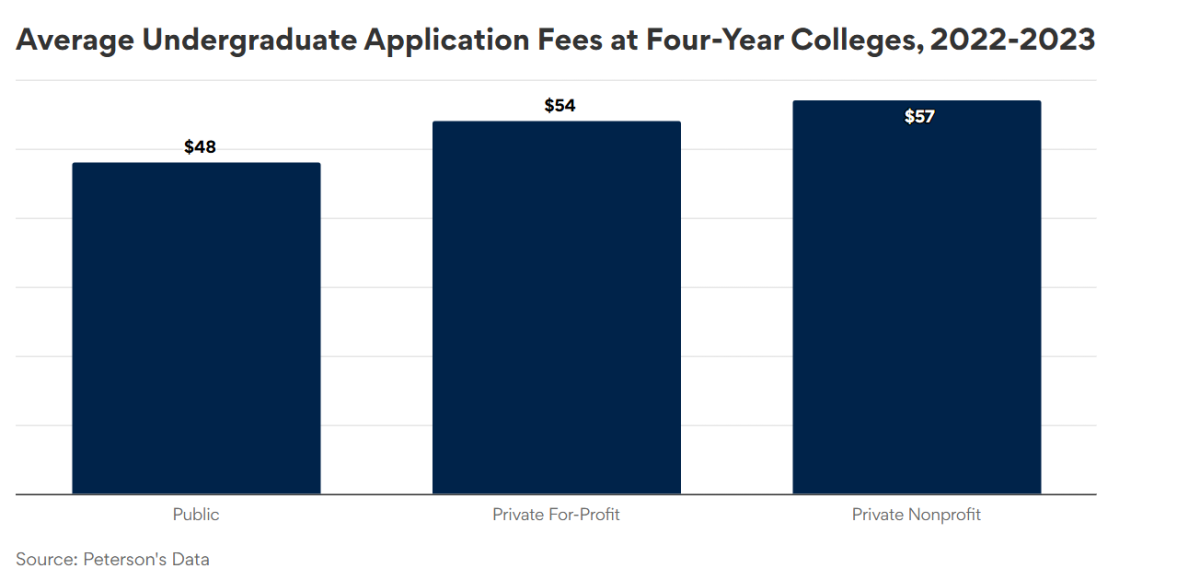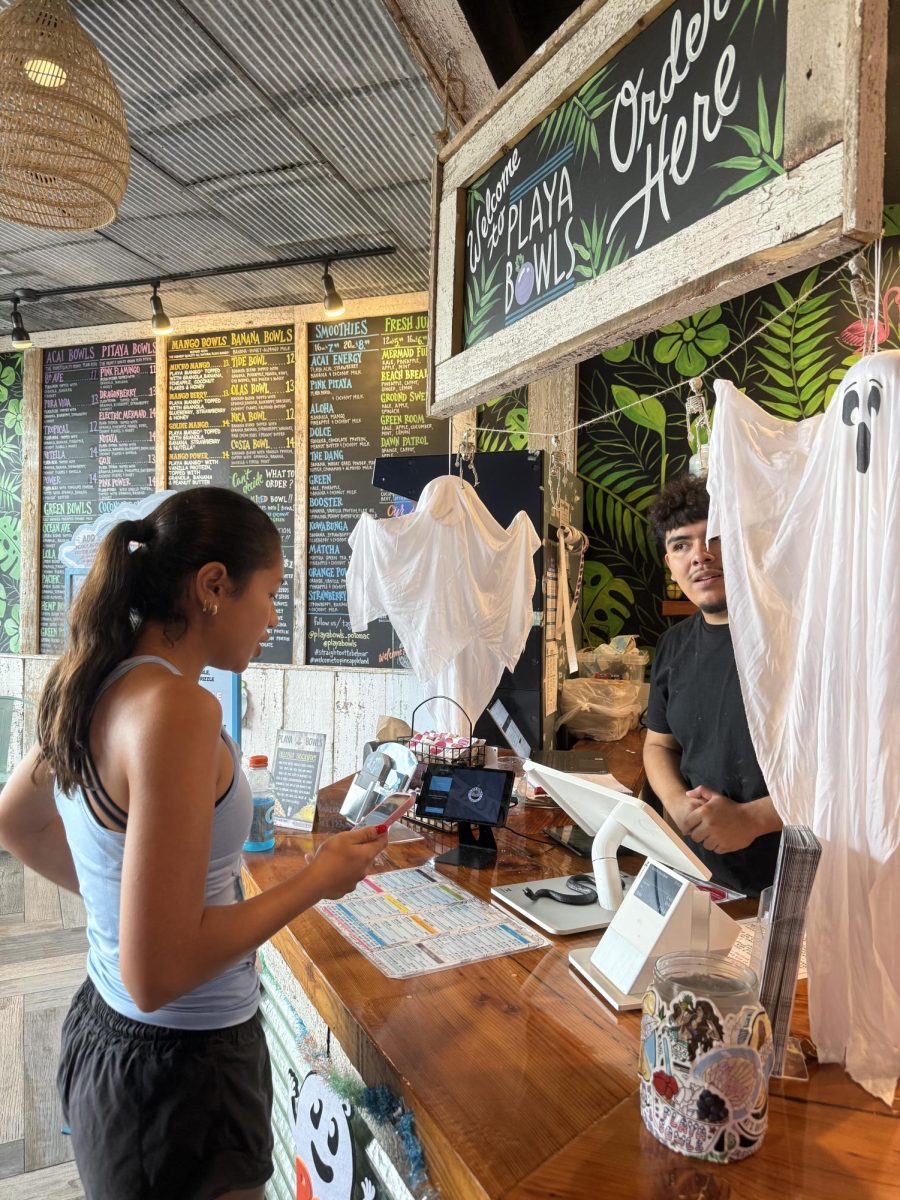With the holiday season in full effect, one way to celebrate is to cook and eat unique foods that have a long history. Whether a major cultural phenomenon or an exclusive family tradition, there are certain recipes that can’t be changed.
Jiaozi Dumplings
February 5 marks the upcoming Chinese New Year, celebrated with colorful parades, family visits, and of course, traditional feasts. One food that’s sure to be on the table for one of such meals is the dumpling, a food with a long history. The Northern Song Dynasty of ancient China is where the invention of this food took place, according to the anthropology department of the University of Southern California. The dumplings were made to be the same shape as one of the first paper money currencies, “jiao zi,” and eating the dumplings was a metaphor of the good fortune and prosperity that people hoped to have in the new year. By eating the dumplings, one was ensuring themselves a better future. “I always have dumplings for Chinese New Year,” said sophomore Jason Liu. “The pork ones are my favorite.”
Turkey
While Christmas may revolve around festive baking and Advent calendar sweets, the centerpiece of American Christmas dinners is often a slow-cooked roast turkey. Before the 1800s, beef, geese, or rabbits were the common plates at the dinner table. That is until Queen Victoria made her Christmas turkey a popular trend among the English middle class. This popularity has come to America as well, where turkey is a staple food for the 25th. “I always eat turkey on Christmas,” sophomore Ryan White said. “The best sides are mashed potatoes and gravy. The longer the turkey cooks for the better, it usually starts cooking in the morning.”
Gulab Jamun
While holiday foods often have roots in different religions, certain traditions can fit any of the holiday season celebrations. The Indian sweet of gulab jamun is made of fried dough balls served with flavored syrup. While the origin of this food is debatable, popular Indian folklore suggests that the chief Persian priest of Mughal king Shahjahan (who created the Taj Mahal) created the dessert in medieval India. Other historians believe that gulab jamun was derived from a Persian dish, as the name is derived from the Persian words gol (flower) and āb (water). Either way, the food has become a cultural icon of India, especially popular during the holiday season. “There’s a lot of stuff we eat during the holidays but we eat a lot of sweets like gulab jamun,” freshman Vanshika Garg said. “It’s one of my favorite things because of the sauce it’s eaten with.”







![Editors-in-Chief Ahmed Ibrahim, Helen Manolis, Cameron Cowen, Alex Grainger, Emory Scofield, Hayley Gottesman, Rebekah Buchman and Marley Hoffman create the first print magazine of the year during the October press days. “Only a quarter of the schools in MCPS have programs that are like ours, a thriving, robust program. That makes me really sad. This is not just good for [the student journalists] to be doing this, it’s good for the entire community. What [student journalists] provide to the community is a faith in journalism and that continues for their lifetimes," Starr said.](https://woottoncommonsense.com/wp-content/uploads/2025/10/wmpoFTZkCPiVA3YXA4tnGoSsZ4KmnKYBIfr18p3l-900x1200.jpg)